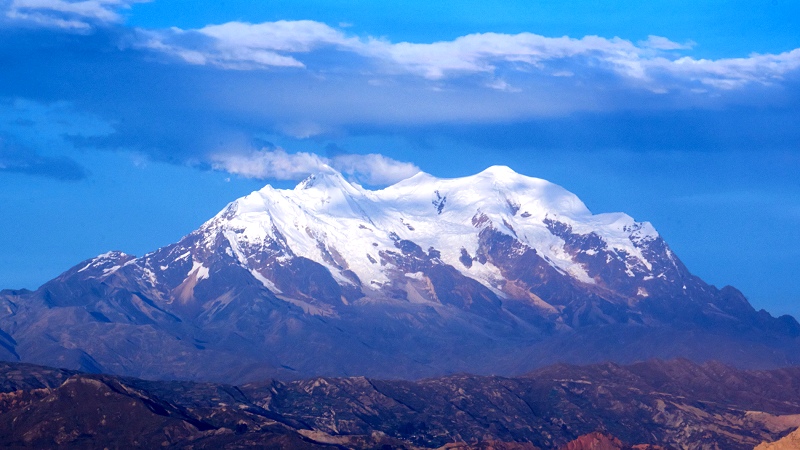
New data from the ancient ice of a Bolivian glacier show that this region’s worst exposure to airborne lead in the last 2000 years came not from metal smelting by the Incas or the Spaniards, but from leaded gasoline just 50 years ago. Our ill-fated experiment putting lead in gasoline appears to have tainted Earth with the toxic metal far more than any other source. Thus the 20th-century political battle over leaded gas, which put America generations behind in lowering greenhouse gases, left its mark across the whole world.
Climate scientists are interested in glaciers because every year they trap samples of water, dust and gases in layers of snow and ice. Some glaciers preserve these samples for many thousands of years. The great ice caps of Antarctica and Greenland have the longest records. They yield information on volcanic eruptions near and far, ancient air temperatures and the human output over recent centuries of industrial wastes.
Ice records from outside the polar regions are precious and endangered, especially in the tropics. One of these records is preserved in glaciers on the 21,000-foot peak of Nevado Illimani, in Bolivia. An open-access paper just published in the journal Science Advances reports on 2000 years of atmospheric lead, in an ice core that was collected in 1999. The data shed light on the history of technology before and after Columbus opened the New World to Europe around 1500.
Bolivia has always been an exceptional producer of metals—at first, silver, and later other metals like copper and nickel. Most metal ores contain lead as an impurity, so smelting releases lead-bearing dust into the air. Tiny lead-bearing particles are preserved not only in Illimani’s ice, but also in lake-bottom sediments around the region. The top 127.5 meters of Illimani ice is a record of 20 centuries of metallurgical history.

First came the wealthy Tiwanaku and Wari cultures, which smelted silver between the years 450 and 950. Lead levels rose to double the natural average at this time. A three-century-long drought replaced these empires with “decentralized polities,” and lead levels fell until the Incas took up silver mining again, starting around 1450. When the Spanish conquistadors toppled the Incas in 1532, Bolivia became the Saudi Arabia of silver, with lead emissions rising to four times background.